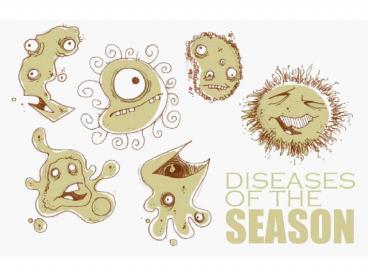Bacteria: Structure and Reproduction - PowerPoint PPT Presentation
1 / 16
Title:
Bacteria: Structure and Reproduction
Description:
Live in extreme environments where there is no oxygen available (anaerobes) ... Classified by shape, nutritional needs, response to Gram-stain ... – PowerPoint PPT presentation
Number of Views:946
Avg rating:3.0/5.0
Title: Bacteria: Structure and Reproduction
1
(No Transcript)
2
Bacteria Structure and Reproduction
- Standard 1c Prokaryotic cells, eukaryotic cells
(including those from plants and animals), and
viruses differ in complexity and general
structure. - Standard 10d There are important differences
between bacteria and viruses with respect to
their requirements for growth and replication,
the body's primary defenses against bacterial and
viral infections, and effective treatments of
these infections.
3
Kingdom Archaebacteria
- Live in extreme environments where there is no
oxygen available (anaerobes) - Methanogens make energy by converting H2 and CO2
into methane gas found in swamps, sewage, and
intestines of mammals (cows) - Extreme halophiles use salt to generate ATP
found in very salty environments - Thermoacidophiles live in extremely acidic
environments with high temperatures, such as hot
springs some use sulfur as energy source
4
HALOPHILES
THERMOACIDOPHILES
METHANOGENS
THERMOACIDOPHILES
METHANOGENS
5
Methane Humor
6
Kingdom Eubacteria
- Classified by shape, nutritional needs, response
to Gram-stain - Heterotrophs use organic nutrients as a food
source some are parasites, saprophytes - Photosynthetic autotrophs use sunlight to make
organic molecules - Chemosynthetic autotrophs use sulfur and nitrogen
containing compounds to make organic molecules
7
Gram Staining
- Gram-positive 1-layer cell wall
(peptidoglycan) - Purple Example Staphylococcus aureus
- Gram-negative 2-layer cell wall (peptidoglycan
outer layer) - Red Example E. coli
8
Shapes of Bacteria
cocci - sphere
bacilli - rod
Arrangements
diplo two staphylo clustered strepto - chains
spirilla - spiral
9
- unicellular
- no membrane-bound organelles
DNA
10
Reproduction in Bacteria
- Binary Fission one cell divides into two
genetically identical cells (asexual)
11
Reproduction in Bacteria
- Conjugation bacterium transfers part of its
genetic material to another bacterium through a
pilus (sexual)
pili (plural) for pilus (singular)
12
Adaptations in Bacteria
- Obligate aerobes require oxygen
- Obligate anaerobe killed by oxygen
- Endospore dormant structure produced in
response to harsh environmental conditions which
allows the bacteria to survive until favorable
conditions exist
13
Importance of Bacteria
- Nitrogen fixation
- Recycling of nutrients
- Food
- Medicines antibiotics
- Disease-causing botulism, cholera, strep throat,
tetanus, tuberculosis, - Environmental disaster clean-up
- Sewage treatment
14
Pathogenic bacteria their diseases(Disease-ca
using agents)
15
Using what youve learned
- Streptococcus pyogenes causes an upper
respiratory infection known as strep throat. Its
Genus (the first of its 2 Latin names) is
descriptive of the bacterias shape. - What does Streptococcus mean?
strepto coccus
chains spherical
16
A B C
baccili cocci spirilla
Name the shape of the bacteria
Name the arrangement of the bacteria
diplo strepto staphylo
D E F































